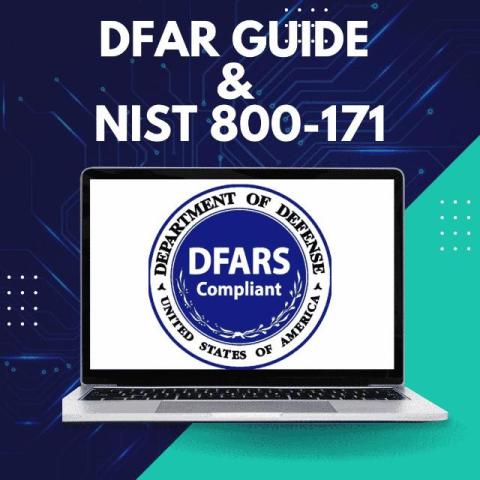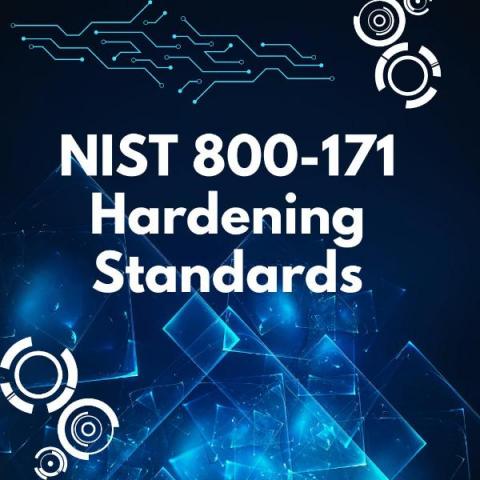Disable Data Execution Prevention
Data Execution Prevention (DEP) is a Windows security feature that protects systems by preventing code from executing in memory areas designated for data storage. By ensuring only authorized programs can run in specific memory regions, DEP helps block malicious software, such as viruses, from executing harmful code. It operates at both hardware and software levels, monitoring memory usage to prevent exploits like buffer overflow attacks.




